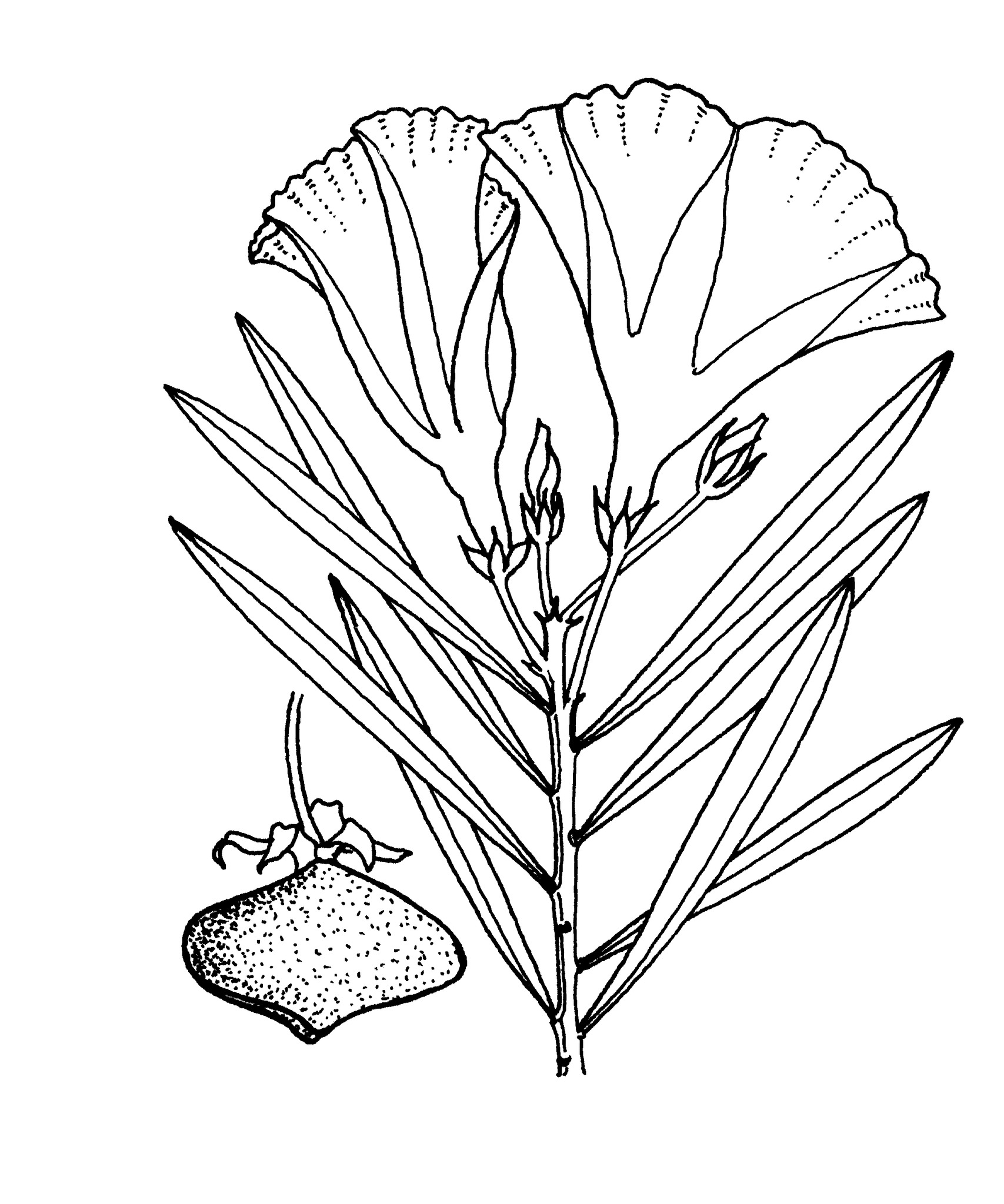
The derivation of the name is obscure.
Shrubs or small trees, evergreen; latex white. Stems woody, without spines. Leaves alternate, stalked; blade well developed; colleters absent at base. Inflorescence terminal, cymose. Flowers scentless, stalked. Corolla funnel-shaped; tube narrow at base; lobes convolute in bud, overlapping to the left. Corolline corona present just above anthers. Stamens enclosed, attached at apex of narrow portion of corolla tube, not sticking to style head. Disk cup-shaped or pulvinate. Fruit drupaceous, syncarpous, pear-shaped; seeds 4, flattened, ellipsoid, winged, without hair tufts.
Two species are cultivated, with one almost ubiquitous in subtropical and tropical gardens. Both species are frost-tender.
Seeds.
Leaves alternate, flowers funnel-shaped, fruits drupaceous and pear-shaped.
Several species in S America. 1 species commonly naturalised in N Australia.
Lippold (1980), Forster (1996a).
Source: (2002). Apocynaceae. In: . Horticultural Flora of South-eastern Australia. Volume 4. Flowering plants. Dicotyledons. Part 3. The identification of garden and cultivated plants. University of New South Wales Press.
